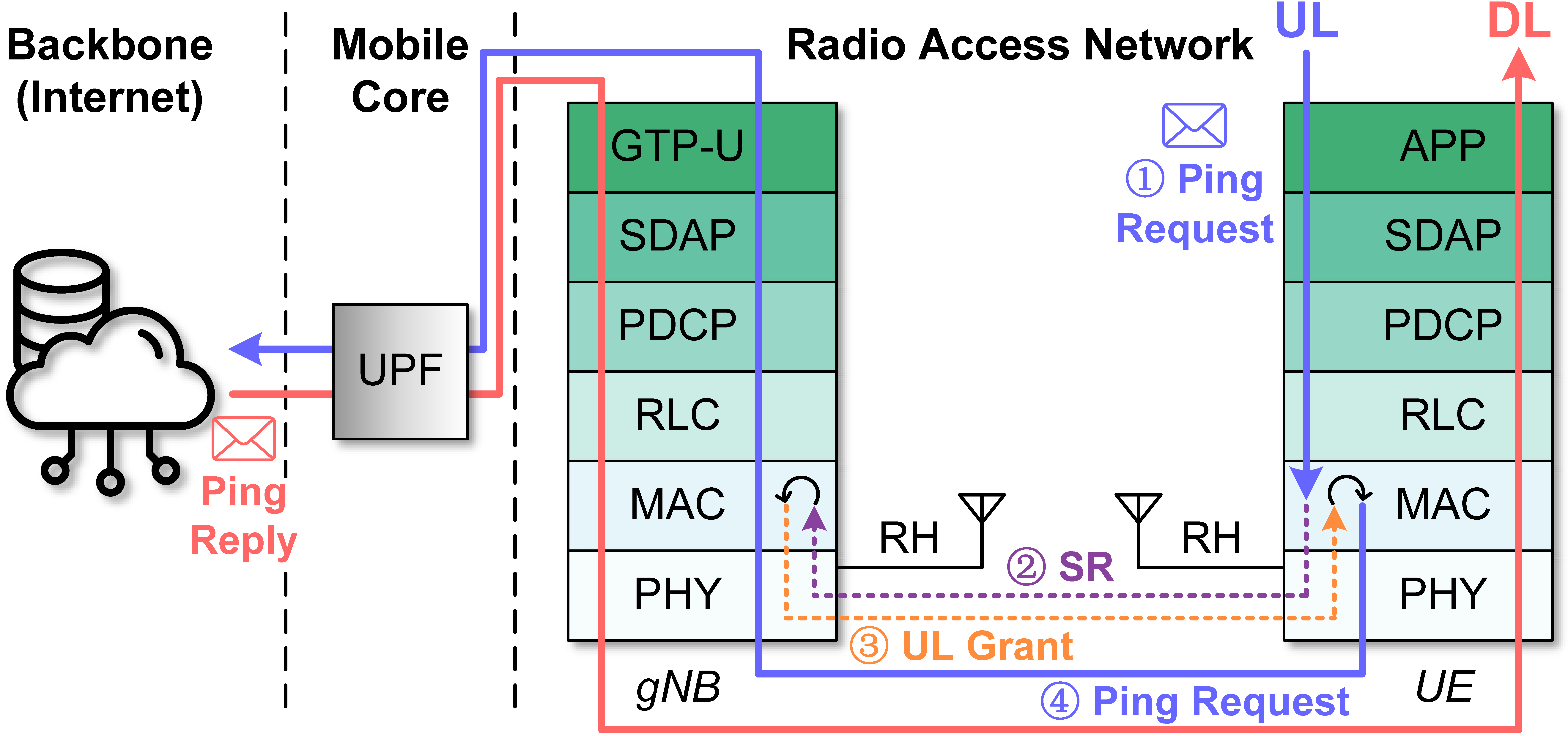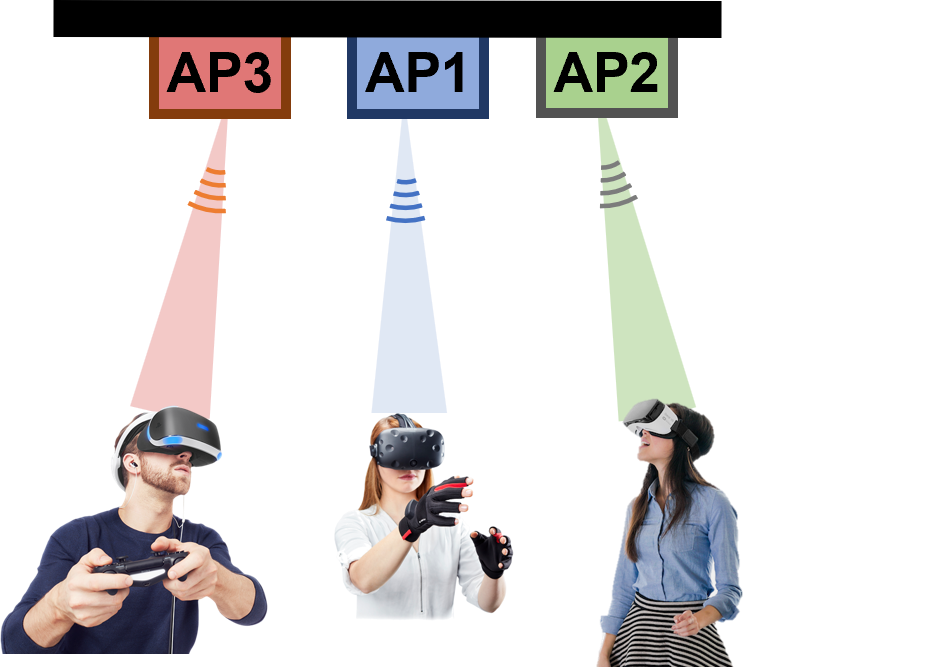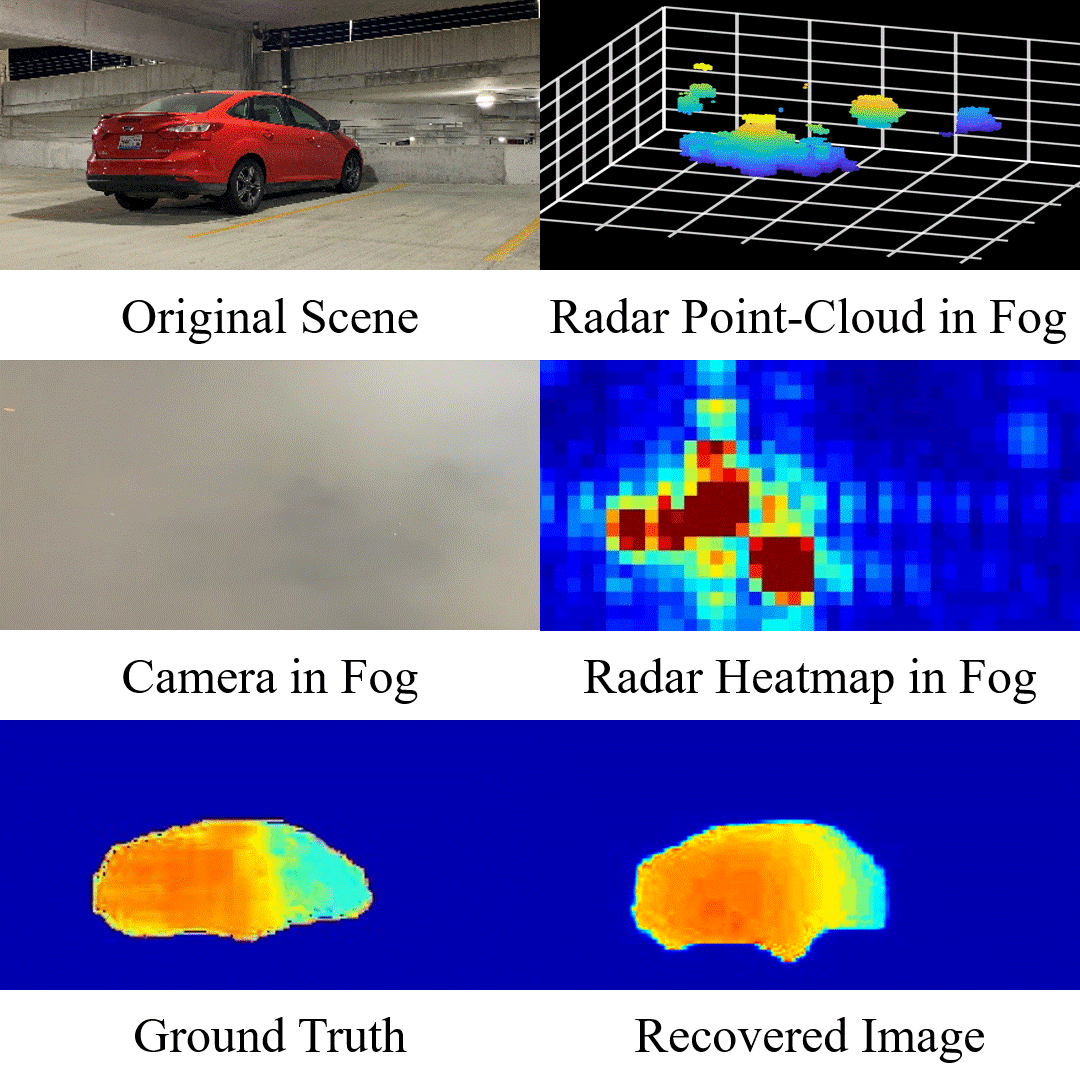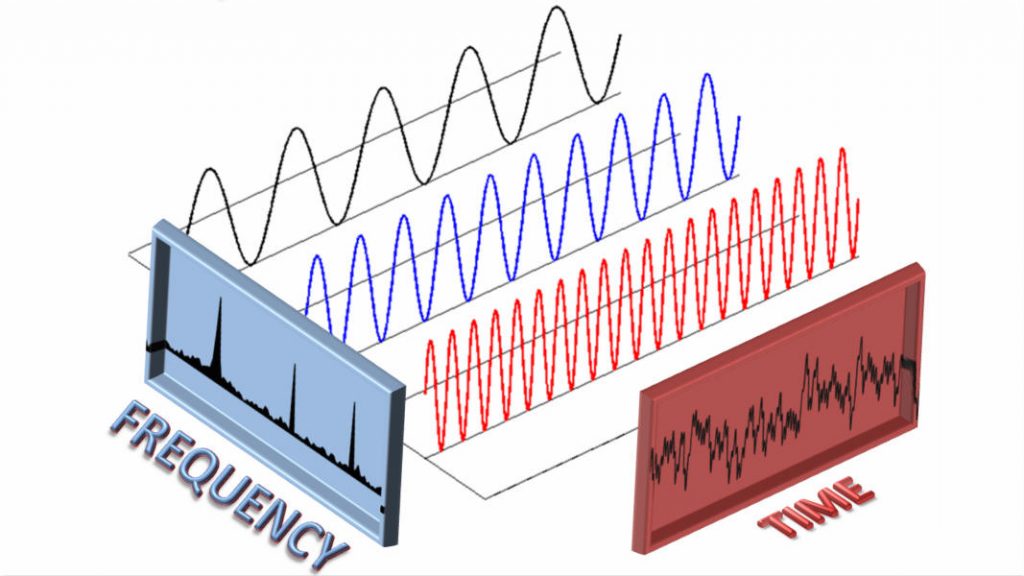Research

Reproducible and Adaptive NextG Systems
Future cellular networks need to be reproducible for evaluation and adaptive in operation. Real-world 5G systems are highly variable, which makes them difficult to study and optimize in mission-critical settings. Our work develops frameworks that capture workload- and channel-sensitive dynamics, enabling both accurate replay of real networks and principled resource allocation across slices and users. By combining faithful emulation with intelligent scheduling, we provide a foundation where applications can be tested under realistic conditions and adaptive RAN mechanisms can be deployed with confidence. This system-level perspective lays the way toward open, reliable, and future-ready NextG networks.

Toward Low-Latency Cellular Networks
Ultra-Reliable Low-Latency Communication (URLLC) was introduced in 5G to meet the demanding requirements of latencies as low as 0.5 ms and reliability of 99.999% for specific applications. Despite over a decade of discussions on URLLC, achieving these standards in real-world implementations remains challenging. We argue that it is unclear if and how URLLC can be attained, and a holistic system-level perspective that addresses all the system's inherent bottlenecks is needed. Drawing inspiration from a real-world cellular testbed, our work presents a comprehensive vision and demonstrates how to meet latency requirements by outlining essential design choices across all system components.

Reimagining O-RAN with WebAssembly
The future of mobile networks depends on openness, flexibility, and rapid innovation. Our group envisions a new foundation for the Open Radio Access Network (O-RAN) built on WebAssembly (Wasm): a portable, secure technology that breaks down barriers between hardware vendors and software innovators. By using Wasm as a common runtime layer, we enable seamless integration across diverse systems, real-time updates without disruption, and a more inclusive ecosystem where new ideas can be deployed quickly and safely. This direction not only accelerates the pace of innovation in 5G and beyond but also lays the basis for more adaptable network infrastructures.

Biomolecular Networks
We are advancing the Internet of Bio-Nano Things—a new frontier in medicine where microscopic biological machines like nano-robots, synthetic cells, and micro-implants operate inside the body to monitor health and deliver treatment. A key focus of our work is molecular communication, a novel paradigm where devices exchange information using chemical molecules instead of traditional wireless signals. This enables in-body networking of bio-compatible devices for applications like real-time diagnostics, pathogen detection, and targeted drug delivery, paving the way for autonomous, programmable healthcare systems.

Millimeter Wave Networking
Millimeter wave (mmWave) technology forms the backbone of next-generation wireless systems, including 5G, 6G, and high-speed IoT networks. Operating at extremely high frequencies with narrow directional beams, mmWave enables multi-Gbps data rates but introduces new challenges related to mobility, beam alignment, interference, and control overhead. We developed efficient protocols and algorithms to make mmWave networks practical, agile, and scalable. By enabling rapid beam alignment, dense spatial reuse, and interference suppression through intelligent beam control, our work unlocks the potential of mmWave to support high-throughput, low-latency communication in dynamic and mobile environments.

Wireless Imaging for Autonomous Vehicles
We developed wireless sensing technologies to enable autonomous vehicles to operate safely in extreme weather conditions such as dense fog, snowstorms, and smog—where traditional sensors like cameras and LiDARs often fail. By combining millimeter wave (mmWave) radar with deep learning, we have created high-resolution 3D imaging and object detection systems that remain effective even in poor visibility. This research leverages advances in 5G mmWave hardware and deep neural networks to deliver a new class of wireless perception tools, paving the way for robust, all-weather autonomy in next-generation vehicles.

Sparse Fourier Transform & Applications
We pioneered the Sparse Fourier Transform (SFT), a breakthrough in signal processing that enables computing the Fourier transform in sublinear time by exploiting the inherent sparsity in real-world signals. These algorithms significantly reduce both runtime complexity—outperforming traditional FFT—and sampling complexity, using fewer input samples to minimize data acquisition and I/O overhead. We have translated these theoretical advances into real-world impact across multiple domains, including reducing GPS power consumption, enhancing light-field photography, accelerating magnetic resonance spectroscopy and nuclear magnetic resonance.

